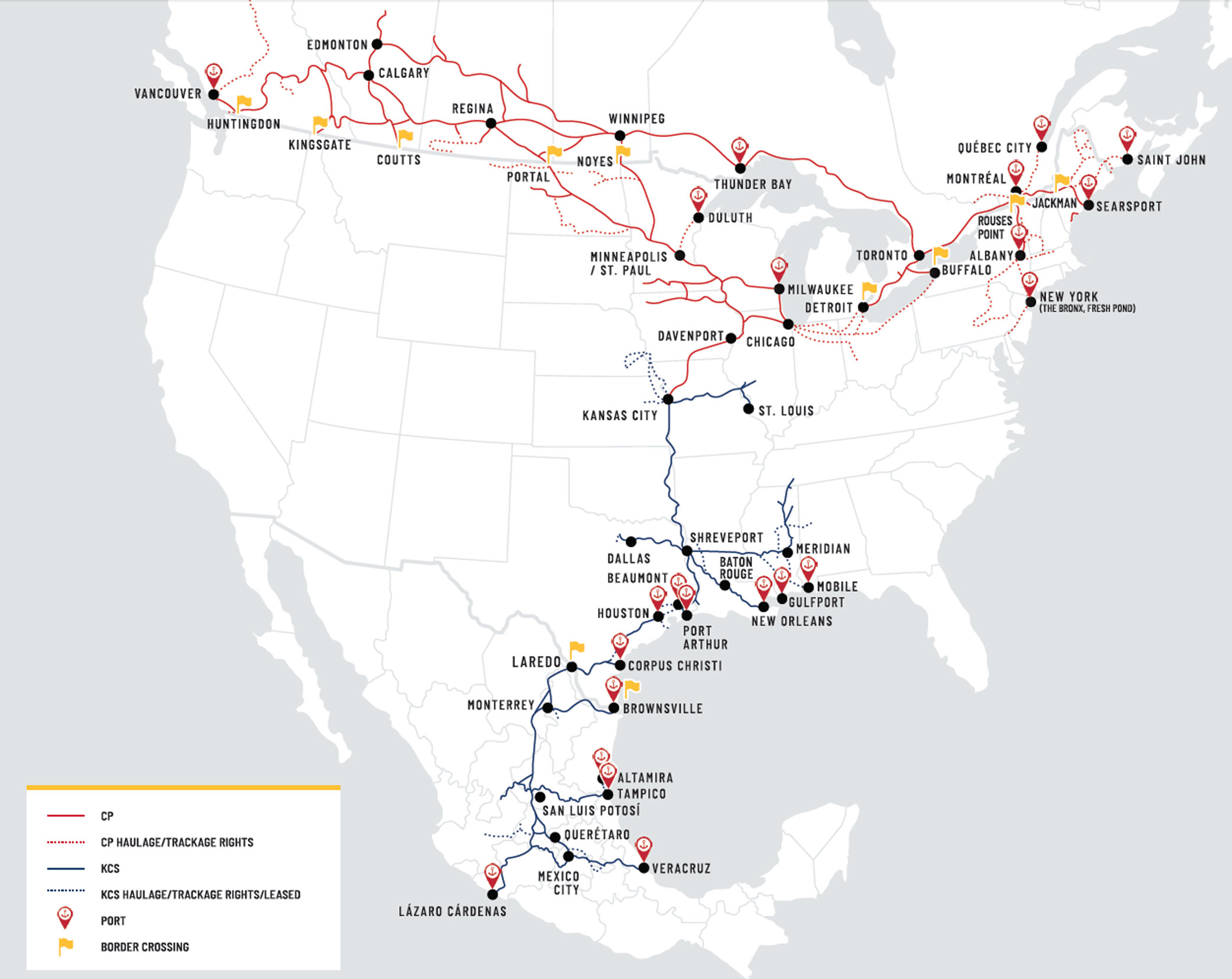
CALGARY, Alberta — Canadian Pacific’s proposed acquisition of Kansas City Southern will unite the two smallest Class I railroads and create the only North American system that will operate in the U.S., Canada, and Mexico.
The combination of the 12,500-mile CP and 6,700-mile KCS, announced today, is a classic end-to-end merger: The railways currently interchange in Kansas City, Mo., the only location where their systems meet.
This will likely help the deal win over U.S. regulators. KCS is exempt from the Surface Transportation Board’s more stringent Class I merger rules that since 2001 have effectively prevented combinations of the six major systems. The railroads expect the merger to gain regulatory approval in 2022.
“My guess is that, despite what I have thought was a more interventionist stance, STB approval is likely, as there is little to no overlap — and this is the only merger that by itself, as a standalone, might not trigger full rail consolidation, as any other pairing likely would,” says independent analyst Anthony B. Hatch.
The $25 billion deal ($29 billion including CP assumption of KCS debt) will enable CP to better compete against larger rival Canadian National, which has enjoyed three-coast access since it acquired Illinois Central in 1998. But CP will also extend its reach into Mexico, where KCS cross-border traffic has been growing by more than 10% annually due to rising intermodal, automotive, and refined products volume.
CP also gains access to the dozen Gulf of Mexico ports that KCS and KCS de Mexico currently serve. Last year CP regained access to the Atlantic at Saint John, New Brunswick, through its acquisition of the Central Maine & Quebec, whose line across Maine once was part of CP’s shortcut from Montreal to the Atlantic.
“This transaction will be transformative for North America, providing significant positive impacts for our respective employees, customers, communities, and shareholders,” said CP CEO Keith Creel. “This will create the first U.S.-Mexico-Canada railroad, bringing together two railroads that have been keenly focused on providing quality service to their customers to unlock the full potential of their networks. CP and KCS have been the two best performing Class I railroads for the past three years on a revenue growth basis.”
CP and KCS say they will launch new intermodal service linking Dallas and Chicago, where traffic will be able to connect with existing CP service to Eastern and Western Canada. CP also will enjoy long hauls on existing traffic, such as crude and grain bound for the Gulf Coast and Mexico, that it currently hands off to KCS in Kansas City.
The merger also will tie together auto production areas in Canada, Detroit, and Mexico and create new single-line service for vehicles produced at assembly plants in Mexico that are bound for consumer markets in the Midwest and Canada. Currently about 5% of CP’s auto volume comes from Mexico, where auto production has been growing in recent years.
Only 1% of CP’s overall traffic is cross-border with Mexico. But propane exports from Canada to Mexico have been surging since 2014. Mexico’s consumption of propane is among the highest in the world, and its propane production is declining. CP will enjoy long hauls for Mexican-bound propane shipments that originate in Alberta.
The new company, to be called Canadian Pacific Kansas City, will be based in Calgary and headed by Creel, who has extended his contract through 2026. Kansas City, current home to KCS, will serve as the U.S. headquarters. The system’s Mexico headquarters will remain in Mexico City and Monterrey, and CP’s current U.S. headquarters in Minneapolis-St. Paul “will remain an important base of operations,” CP says.
KCS, which connects with all six of the major systems, has been the subject of merger speculation for years. Last summer two infrastructure funds considered taking the railroad private, which prompted speculation in the rail industry that CP might seek to acquire KCS.
Former KCS CEO Michael R. Haverty — who built KCS into a cross-border system 25 years ago — says attempts to merge with CP more than a decade ago never jelled. Fred Green, who was then CP’s chief executive, feared a deal would spark opposition from Union Pacific, Haverty says.
“I do think this is a very good fit,” Haverty says.
Haverty suspects that last year’s private equity interest in KCS sparked consolidation talks with CP.
KCS was a north-south railroad in an east-west world until the North American Free Trade Agreement was signed in 1992. Haverty saw the opportunity to turn KCS from a Midwest-Gulf Coast regional into a cross-border system that could tap into free trade. In 1996, KCS gained the 50-year concession to operate what was then called Mexico’s Ferrocarril del Noreste, or Northeast Railroad.
Haverty expects CP-KCS deal to pass regulatory muster in the U.S. but says some concessions may be required in Mexico, where the federal regulator has become increasingly concerned about rail competition.
Most of KCS’s growth comes from linking production areas in Mexico with consumers in the U.S. and Canada, as well as exporting U.S. grain, U.S. and Canadian auto parts, and refined products to Mexico.
The KCS International Railway Bridge at Laredo, Texas, is the busiest rail border crossing in North America. KCS already had plans under way to add a second span across the Rio Grande at Laredo, where it also interchanges with Union Pacific.
The combined CP and KCS system will remain the smallest Class I by revenue. But at 19,200 miles CP-KCS is roughly the size of the 19,500-mile CN.
The railways have scheduled an investor webcast for 2 p.m. today to discuss the deal.






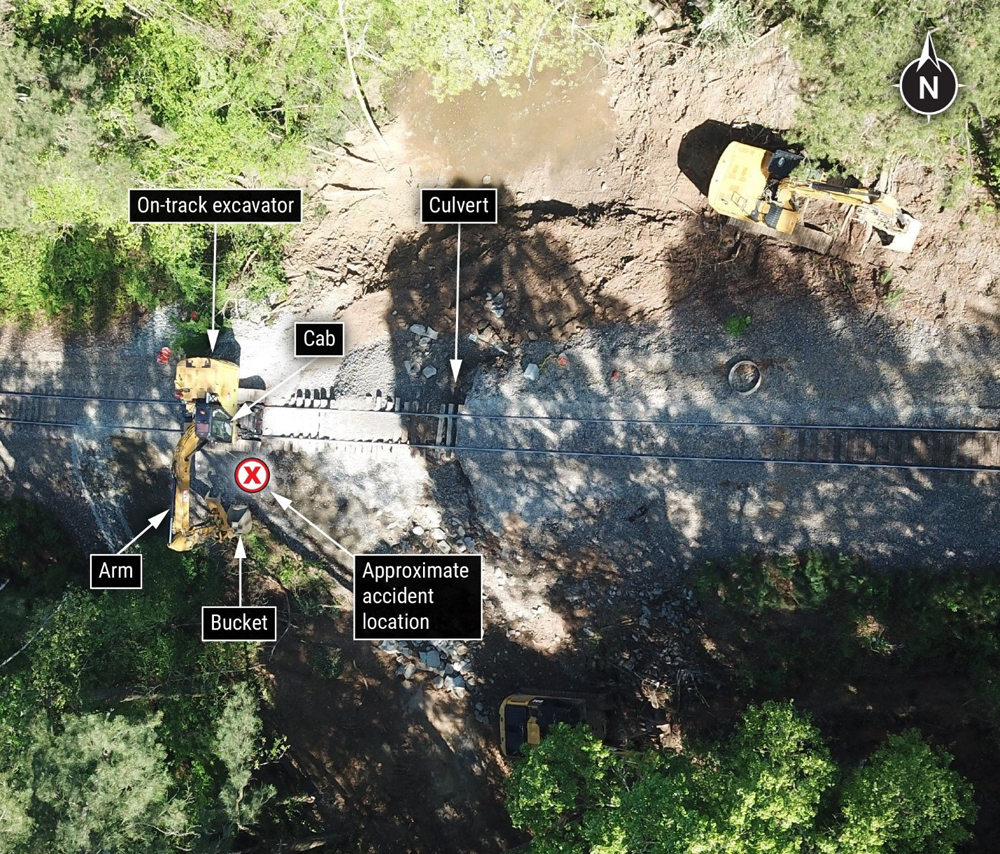
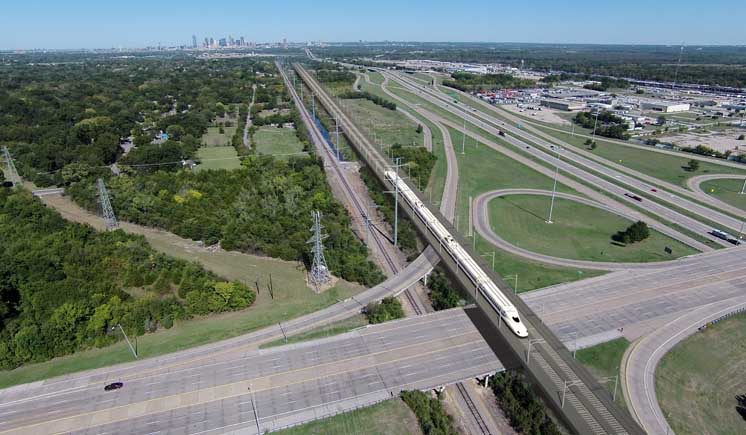
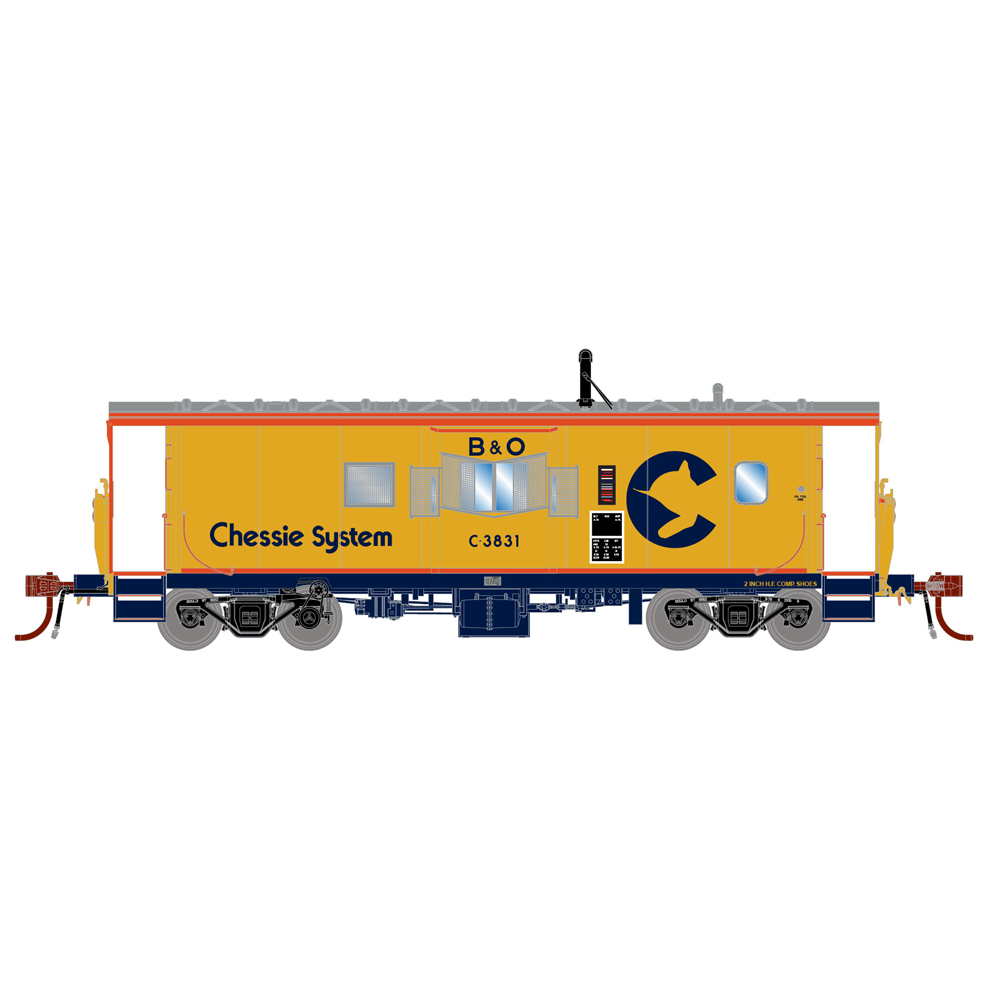
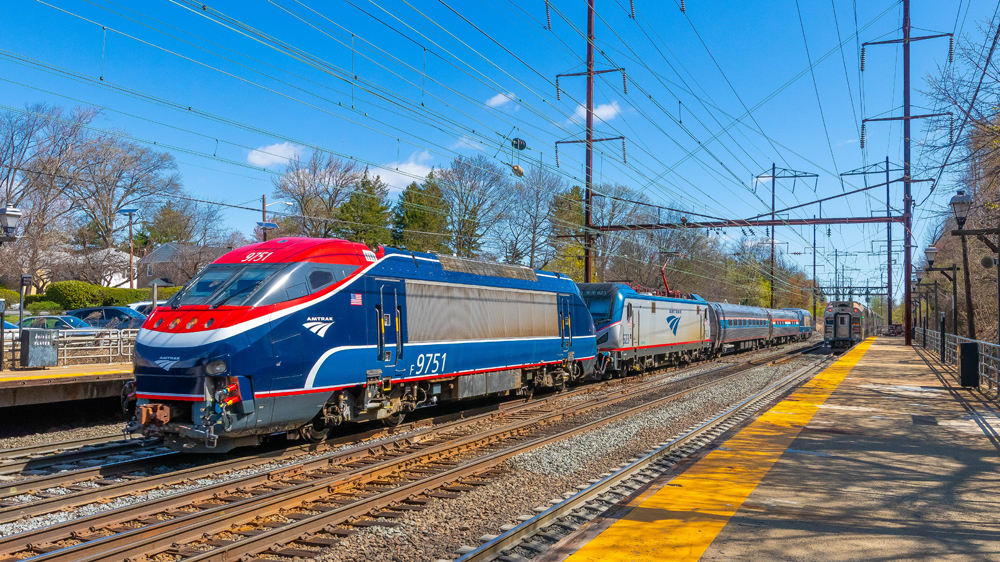




Wow, Finally NAFTA has a common carrier. ????
Interesting but not too surprising development. Although I don’t have access to any data I’m a bit puzzled that the article says that the KCS bridge at Laredo is the “busiest rail border crossing in North America.” I would have thought that CN’s Sarnia – Port Huron tunnel might have been busier. Can anyone confirm? If the Laredo statement is correct, that fact would certainly illustrate the rationale for the merger.
Look for a “Wabash Speedway” deal to be struck between KC and Detroit shortly after the merger is approved.
The NS former Wabash is relatively lightly-used.
Rights on (or purchase of) the Wabash in exchange for full control of the Meridian Speedway, etc. could make sense.
Anything’s possible, and had NS not abandoned the Manhattan-Gibson City, IL portion of the old Wabash CPKS could have had a faster routing between K.C. and the Windy City, but alas.
From CNN, “ The interchange point in Kansas City could remove a roadblock, speeding up shipments by allowing some cargo to remain on the same car. Currently, cargo being transported from one rival’s network to another may have to be swapped out to a new car to continue on its journey.”
CNN: What?? Total lack of knowledge about RRs!
When and what year and I want to keep all the trains.
Very interesting, will not affect us too much in St. Louis area as neither CP or KCS come here. I had to go to KC and stay with a friend to see the CP Holiday Train, but it was worth it. Robert Ray-friends of mine and on Facebook say BNSF stands for Been Nothing Since Frisco. ha ha. Frisco still has a lot of loyal fans and I was pleasantly surprised to see how many there were on Facebook. Of course, I was and always will be as I grew up with a Frisco family and Mom was 3rd generation in her family. I am always partial to BNSF because they kept the yard open where Dad worked, I can still hear train horns and locomotive growls. I drive past and see engines just a different color and name. And they used bridges built by Frisco and the ROW’s they built. It was hard to get used to seeing CN south of border when I ride Amtrak to New Orleans now CP will be down in the south too. I rode both of them when they still had passenger trains and awesome rides.
My late best friend once called BNSF quote, “Big Nothing Super Frisco”, unquote. My only gripe with BNSF is that they refuse to do any Heritage paint schemes like UP and NS had done to some of their locomotives. It would be extremely nice to see one of the BNSF locos painted up in either Frisco’s mandarin orange and white, black and gold, or solid burgundy red with gold striping that were on the Frisco passenger engines…
UPs so called heritage schemes are an abomination. They are only there to retain the Trademark status. On the other hand, NS did a pretty good updating.
Mary, KCS does go to St. Louis. See the map.
Welcome, foolish mortals, to the always-helpful, never the least-bit-tiresome
MERGER MANIA!!!!! MUAHAHAHAHAHAHA!!!!
I don’t see how a Dallas-Chicago intermodal service could compete with either the BNSF or UP, each of which has a much better line. One problem with the Mexican business I believe is that Trump’s new NAFTA agreement (negotiated by some anti-free trade people) has a termination date within ten years or so. And the CP is paying a huge price. I suspect the CP is going to have to put some money into the ex-Milwaukee line to KC. The CNR will still have a much better system (except to Mexico).
ROBERT – Looking at the map I see a problem:– the lack of a direct route Chicago to KCMO. This would need to be solved the same way Chicago to Detroit/ Windsor currently is solved: by CP paying for trackage rights. I’m not going to get into the overall discussion of The Next and Final Merger Phase, only to say that Norfolk Southern and CP Rail would be a great fit in this particular region, KCMO to Chicago to Detroit/ Windsor.
It’s not as direct as, say, the Santa Fe transcon, but the old Milwaukee Road Chicago-Sabula, IA-Davenport-Kansas City line isn’t totally out of the way. It’s less mileage than the UP’s route (if only the Rock Island hadn’t torn out part of the Golden State route between Davenport & Allerton IA). I think it’ll work.
If they could get the old Rock Island “Spine Line” from the Twin Cities to Kansas City they could cut off another 100 miles or more between Canada and Mexico, but that would be like pulling teeth from Union Pacific.
Like Union Pacific when acquiring other railways, Canadian Pacific should retain its present name which is both legendary and simple. [Burlington Northern Santa Fe (BNSF) would do well to simplify its name to ‘Santa Fe Railway’. The current name and initials are a mouthful to pronounce.]
Rob Krebs found after the BNSF merger that there was still of employee hostility from the GN-NP-CB&Q/BN merger. The reason the initial engine logo and the railroad name (now just BNSF instead of Burlington Northern Santa Fe) were changed was that Krebs did not want to start another intra-company war. Maybe also because some Santa Fe employees thought BNSF meant ‘Big New Santa Fe.’
As former employees of Great Northern and Northern Pacific retire and pass away, a simplified name, ‘Santa Fe Railway’, should become a none issue.
It never becomes a non issue. When I was with Conrail in the late 80’s they were still doing The Red team vs. The Green team long after the PC was gone.
When Union Pacific and Southern Pacific merged they used half of each for the new name… Union from UP and Pacific from SP ha ha.
I’ll be conducting a betting pool on how long “Kansas City” is part of the name. I’ll take 18 months. 🙂
“The railroad realizes that the traditional ‘Canadian Pacific” name was more recognizable among shippers and investors”.
Why not just Canadian Southern?
How about “Canadian & Southern” or “CP, US & M.”
Because every railroad needs to have “Pacific” in its name, if it wants to be a Real Railroad.
How about this:
“Canadian”, because it recognizes the one company.
“Southern”, because it recognizes the other company.
“Pacific”, because of the real-railroad need.
Therefore: “Canadian Southern Pacific”!
(Disclaimer: I worked many years for SP!]
“The Barbecued Beaver”
HAHAHAHAHAHAH! GOOD ONE.
CP on a roll–first with (re)purchasing access to the east coast; and now the Gulf and Pacific (in Mexico).
Maybe we are entering a phase of growth in North American Rail? After decades of contraction.
Too bad no mention of CP leaving another loaded grain train on a grade in the Rockies with only emergency brakes applied, AND sending the locomotives to assist another train.
Call me nostalgic, but I would like to see an & between Canadian Pacific Kansas City. (CP&KC)
Has a nice ring to it in my opinion.